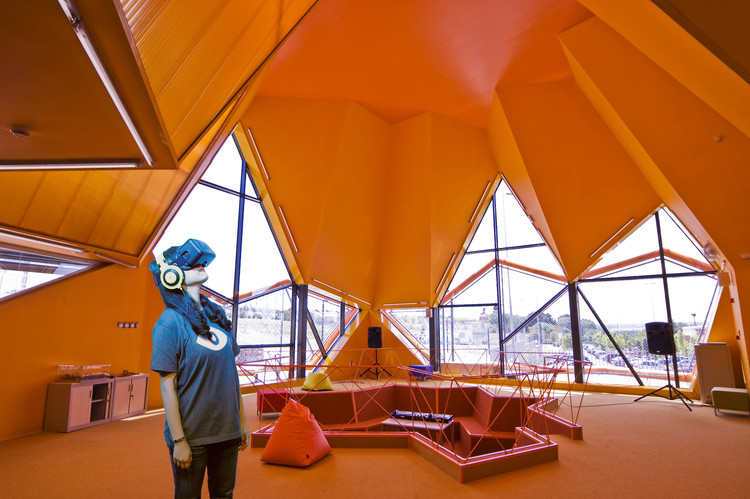
There's no question that virtual reality has the potential to change architecture. But as with all new technologies, it can be difficult to understand at first. In this article originally published on his LinkedIn page, Kym Porter answers five commonly-asked questions about VR in architecture.
There's a movement about to happen in the industry of design and architecture and it involves VR (Virtual Reality). I've been using it for well over a year now and thought I'd share five of the commonly asked questions I've received so far.
1. How is it any different seeing a rendered project in VR to a quality render on a PC/Laptop screen?



